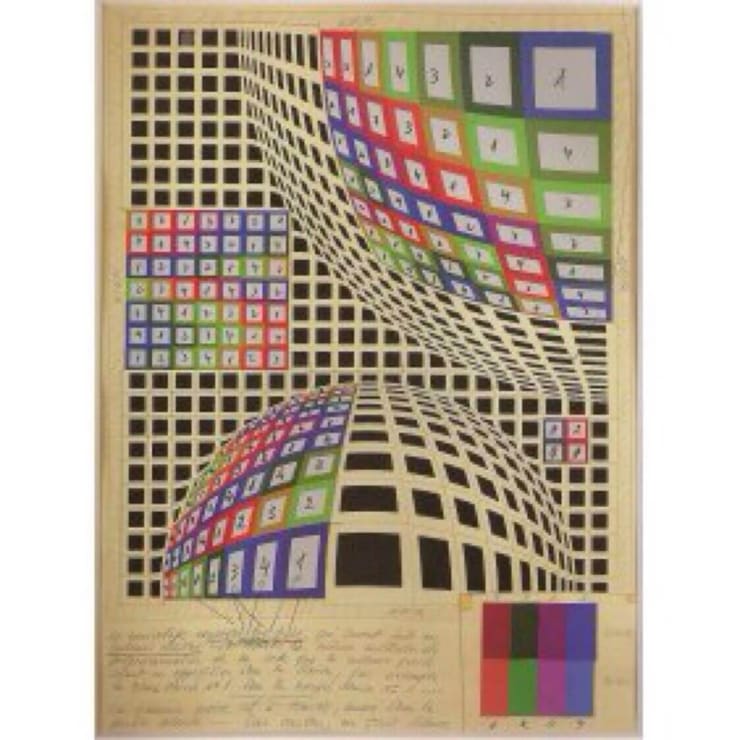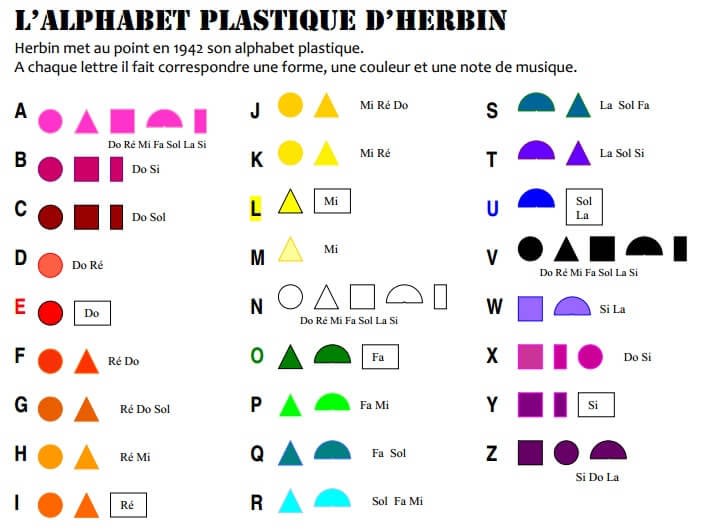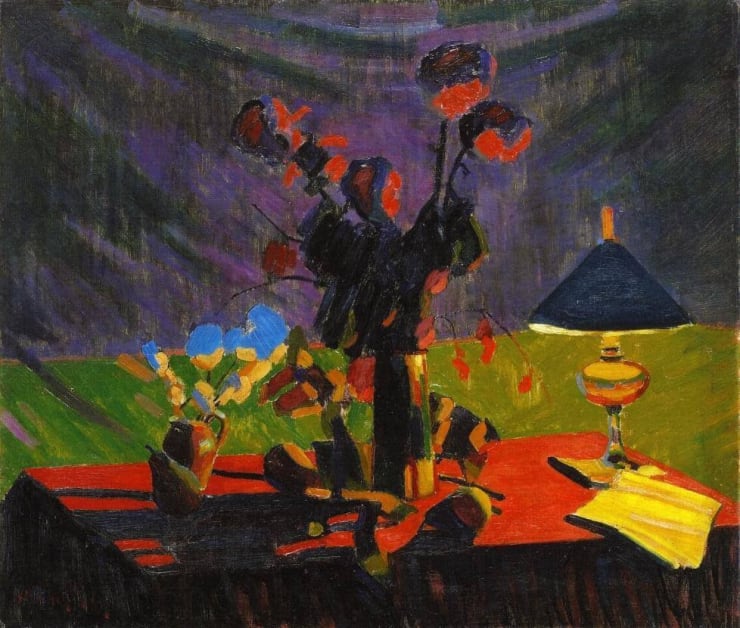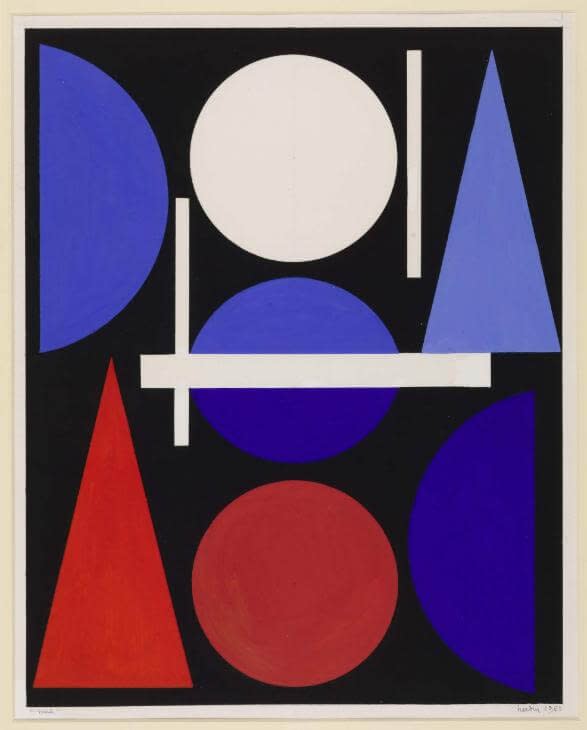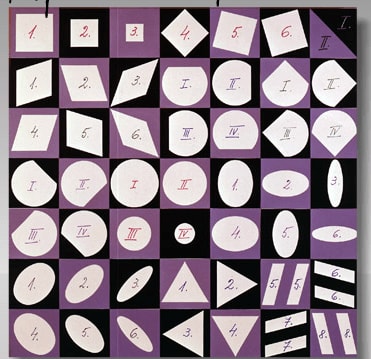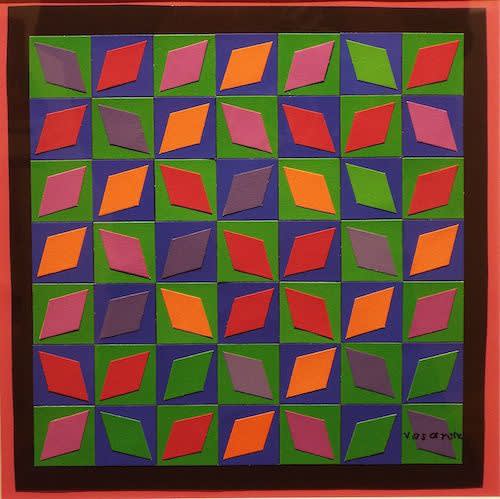The French Institute in Budapest is exhibiting the works of Victor Vasarely through June. Born in Hungary, Vasarely moved to Paris in 1930 and became a French citizen in 1959. There was a time, just before and after World War ll, when the work of Vasarely and other abstract artists was banned in Hungary.
Vasarely studied medicine before turning his scientific mind to his art. Back in the 1950s, way before the digital age, Vasarely used what he called programmations to create his artwork.
Vlag and Pava are two serigraphs, for sale at Vertu, that are fine examples of the artwork that Vasarely produced from his programmations.
Art must become generous and totally diffusible… art must be truly contemporary and not posthumous. From now on, the new technologies are here to diffuse art instantaneously to the masses.
—Victor Vasarely
Vasarely was influenced by early to mid-twentieth century French painter, Auguste Herbin, who created an Alphabet Plastique in 1942. Herbin’s Alphabet Plastique is a system in which each letter of the alphabet corresponds to a specific color, geometrical form and musical notes.
Herbin’s paintings became increasingly abstract as he experimented with form and color using his Alphabet Plastique.
During the 1950s and early 60s, Vasarely worked primarily in black and white. Around 1960, Vasarely created his own Alphabet Plastique, a grid-based system which used the circle, square and triangle, and differing color scales, to create a infinite number of “units”. The Alphabet Plastique was the human equivalent of a computer art program.
Vasarely used the Alphabet Plastique to create the depth and optical design that is the signature of his artworks.
At Vertu we have, for sale, two unique pieces that use the Alphabet Plastique with unusual mediums:
Dyok Positif is acrylic on wood, in which each unit is defined by the shapes and shadows created by the medium itself.
Collage Vert also uses the Alphabet Plastique, but for this unique piece Vasarely used paper, rather than paint, to create each unit.
Please contact us if you are interested in works by Victor Vasarely, the “grandfather of Op Art” or if you are interested in any of the other works for sale at Vertu.



